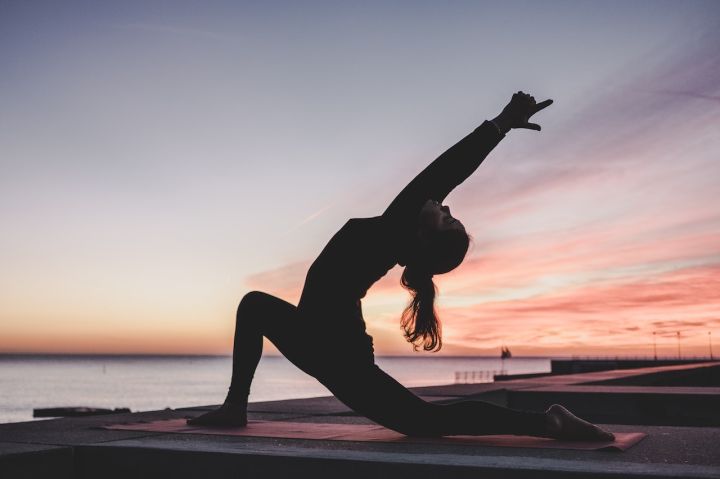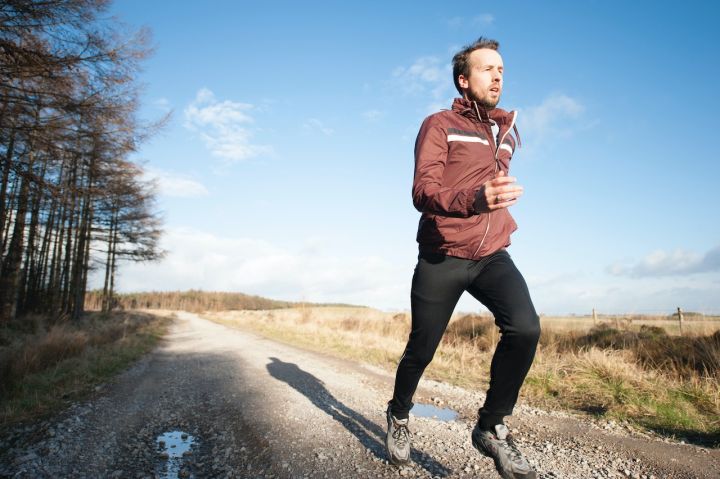Whether you're a beginner or a regular exerciser, here's what you should know about the right way to run.

There's a lot more to mastering the correct running form. This is why every perfectionist who starts running has a lot of questions.
Should i learn something more?
Am i breathing deeply enough?
Is it possible to swing my arms too much?
Whether you're an occasional runner or someone addicted to races like marathons, it pays to seek answers to these questions. Learning the correct way to run will not only reduce the risk of injury but will also improve performance.

The primary goal, especially for long distance running, is to run in an efficient way, and we are not talking here about those who wish to lose weight through running. When you are trying to burn as little energy as possible, any extraneous arm and body movements or breathing will tire your body prematurely.
There is no need to break down movements to figure out how you should move. We're here to break down some of the main factors of proper running.
Correct running form

When it comes to your overall posture, it helps to think about "Running high". This will help you avoid walking forward in a lethargic manner and avoid running and respiratory problems. You should keep your ears above your shoulders. Look straight ahead at a distance of 6-7 metres. Try to avoid a forward head posture (also known as chin forward). It can strain the muscles in your neck, back and shoulders.

That said, maintaining proper running posture requires leaning your entire body slightly forward. Imagine bending your ankles instead of your hips and leaning forward 10 degrees. This is why we should pay more attention to the strength and flexibility of the ankles.
How to calculate stride length

The average runner does not need to be concerned with the actual measurement of their stride length, but it is important to find a stride length that is not too long or too short for you. Many people tend to stride in big strides. If your stride length is too bouncy, that's an indication of the problem. When you stride too much, it causes more vertical displacement (aka bouncing), which increases the amount of time your feet are in contact with the ground, which causes your muscles to have to work harder and fatigue more easily. Instead of jumping forward, think about directing your power to the ground and behind you when your foot hits the ground.
A short stride is a less common mistake, but if you suspect that your stride is too short, one way to do this is to film your run and count your steps per minute. In general, for long-distance runners, faster and more efficient runners average 180 or more steps per minute. Slower runners average about 160 steps per minute. So if you're doing much more than that, you may want to increase your stride length.

Self-adjusting your running form is not always easy, especially when it comes to stride length. Performing a gait analysis through other eyes (or by video) can give you an outside perspective on how you can improve your running style. We believe that the most important thing to do over time is to adapt. Adjusting your stride at first can feel unnatural because it's not the way you've always run.
How to land on your feet

Research is inconclusive as to the correct running technique and how you should land on your feet. While some experts prefer to land on the middle or front of the foot rather than the heel, a 2017 analysis of one study has yet to prove a benefit in terms of effective running or avoiding injury by landing on the ball of the foot. Even good athletes don't necessarily have to adapt their footwork to make it more suitable for forefoot or midfoot landings. A study of marathon runners at the 2017 iaaf world championships found that the majority of runners preferred a rearfoot (heel) landing pattern, including the first four male athletes to finish the race.

That said, you can get used to it in your own way . A lot of people talk about foot landing patterns, forefoot, midfoot, or heel landing. However, we are more interested in whether the current pattern is a problem for us. Are we running efficiently, are we prone to injury, etc.? If this is the case, then it may be time to consider changes.
What about arm swing?

Your stride length affects your arm swing as your arm movement should naturally mirror your legs (and vice versa), so it is a surprisingly important part of proper running form.
You want to maintain a 90 degree bend in your elbows. To avoid excessive tension, relax your hands without holding them tight and pretend you have a chip between your thumb and forefinger that you don't want to break - keep your hands in shape but don't push.
Also resist the urge to over-excite. As you run, imagine that there is a wall 20cm in front of you and that you want to swing your arm but not touch the imaginary wall. Once you start swinging your arms forward with excessive force, it will lead to the excessive strides you want to avoid.
How to breathe while running

Everyone is a little different when it comes to breathing. For some people it's two seconds of inhaling and two seconds of exhaling, others not so much. This is done in order to relax and breathe in an effective way. That may be a deeper breath than you are used to and if you notice something like over-breathing, that is an indication that you are not getting enough air and should slow your breathing down appropriately.






